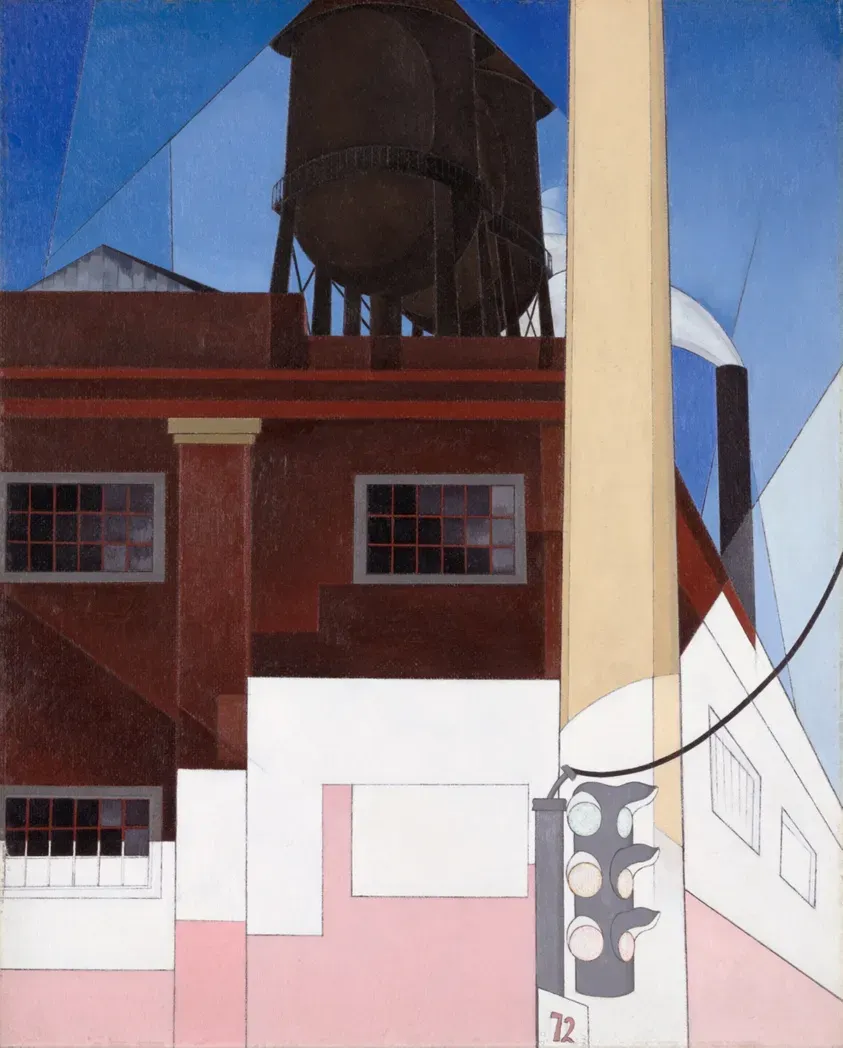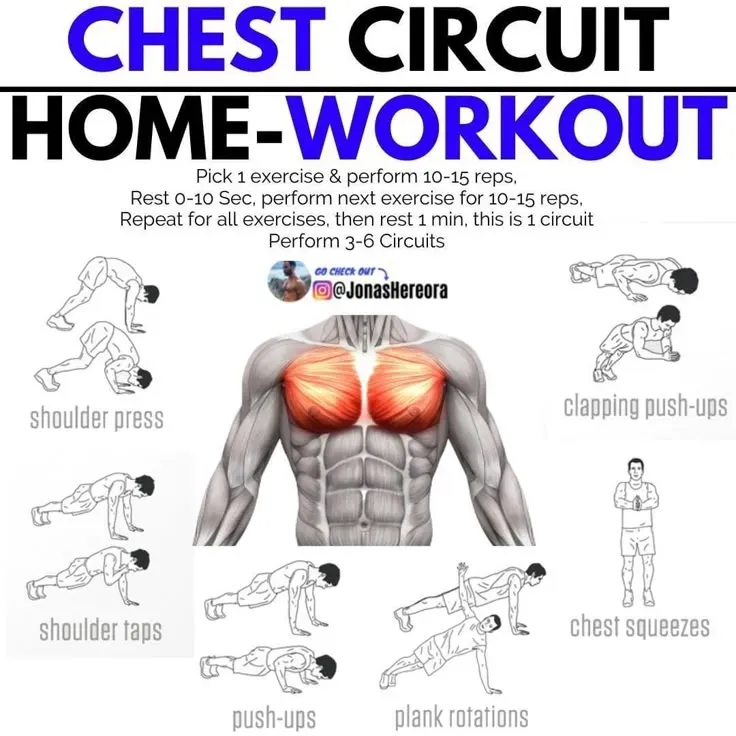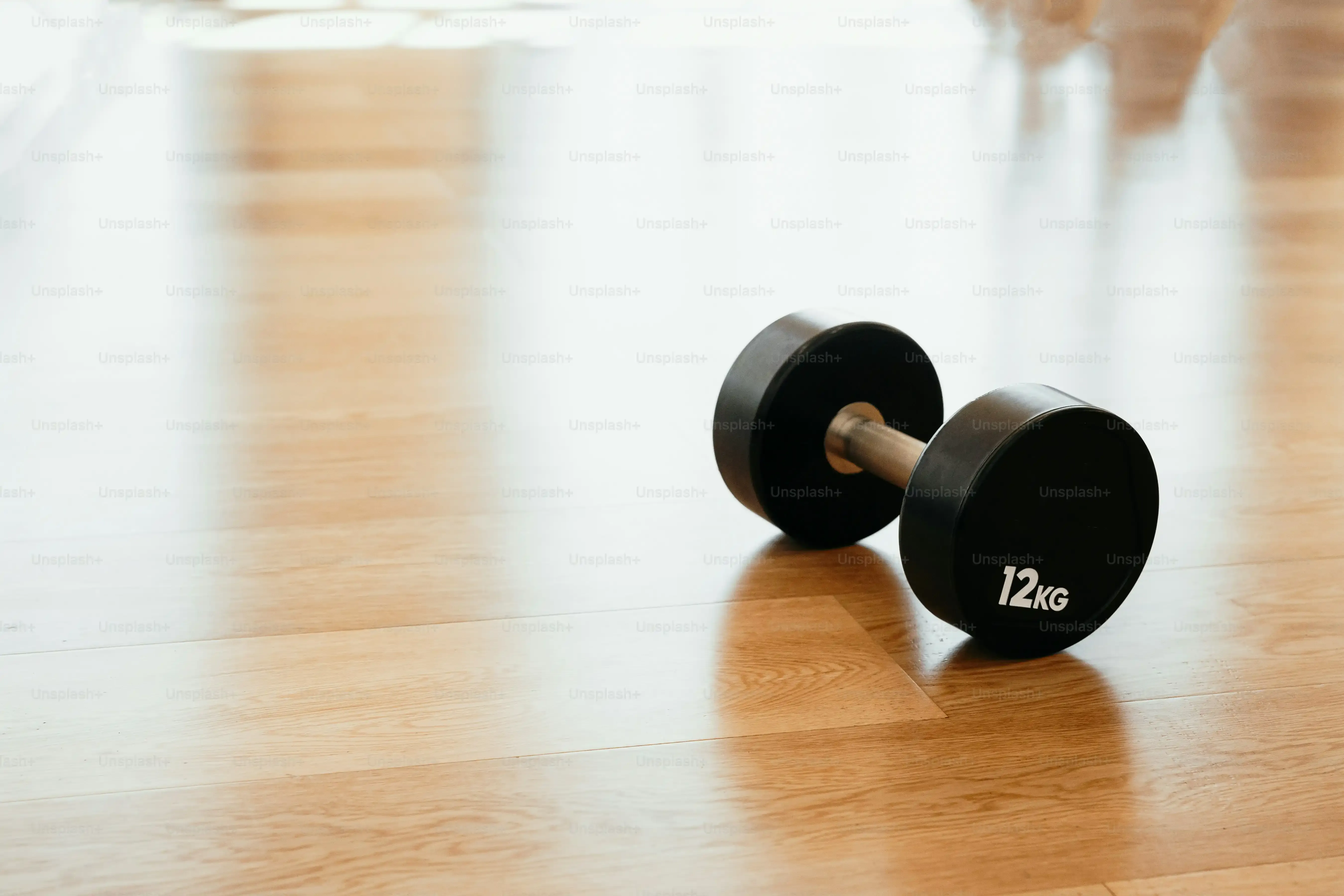Table of Contents
Think building a powerful, muscular chest requires racks of heavy dumbbells and barbells at a crowded gym? Think again. Many people wonder if you can actually achieve a truly heavy chest workout at home without all that specialized gear. The short answer? Yes, you absolutely can, but it takes a different mindset than simply doing a few push-ups.
Can You Really Do a Heavy Chest Workout at Home?

Can You Really Do a Heavy Chest Workout at Home?
So, you're wondering, "Can you really do a heavy chest workout at home?" It's a fair question. When most people picture a "heavy" workout, they see barbells loaded with plates or stacks of dumbbells. The good news? You absolutely can challenge your chest with significant resistance without stepping foot in a commercial gym. The key isn't always the amount of weight you're lifting off the floor, but the *tension* and *effort* you generate against resistance, whether that resistance comes from external objects, bands, or even just your own bodyweight manipulated in clever ways. Forget the notion that bodyweight is only for beginners; advanced calisthenics practitioners can generate forces equivalent to lifting serious iron.
Key Strategies for a Heavy Chest Workout at Home

Key Strategies for a Heavy Chest Workout at Home
Manipulating Leverage and Position
so how do you make bodyweight feel "heavy"? It's all about leverage, my friend. Think about a standard push-up. Your body is the weight, right? By changing the angle or your hand placement, you shift how much of that weight your chest muscles are actually pressing. Elevating your feet on a chair or table (decline push-ups) instantly makes it harder because more of your body weight is pressing down against gravity. Conversely, putting your hands on an elevated surface (incline push-ups) makes it easier. For a truly heavy chest workout at home, you'll want to lean into those variations that increase the load on your pecs. It's like having adjustable weights, but your body is the machine.
Adding Resistance and Intensity
Beyond just changing angles, you can crank up the resistance externally or internally. Resistance bands are gold for a heavy chest workout at home. Loop a band around your back and hold the ends in your hands during push-ups – that added tension, especially at the top of the movement, is brutal in the best way. You can also slow down the reps, focusing on the eccentric (lowering) phase for 3-5 seconds. This increases time under tension, which is another fantastic way to stimulate muscle growth and make a lighter load feel much heavier. Pausing at the bottom or top of the movement also adds intensity. Don't forget about using household items! Backpacks filled with books or water bottles can add external load to push-ups or floor presses if you have dumbbells.
Ways to Increase Intensity:
- Elevate feet for decline push-ups.
- Use resistance bands across your back.
- Perform slow, controlled negatives (eccentric phase).
- Add pauses at the bottom or top of the rep.
- Use a weighted backpack or vest.
- Try plyometric variations (explosive push-ups).
Advanced Techniques for Your Heavy Chest Workout at Home

Advanced Techniques for Your Heavy Chest Workout at Home
Pushing Beyond Standard Push-Ups
Alright, so you've got the basics down – incline, decline, maybe adding a backpack. How do we make this *really* feel like a heavy chest workout at home? It's time to get fancy with bodyweight variations. Think about moving towards harder progressions. One-arm push-ups, or at least assisted one-arm push-ups (using a wall or elevated surface for support), are a game-changer. They load one side of your chest significantly more than bilateral movements. Pseudo planche push-ups, where your hands are lower towards your waist and you lean forward over your hands, put immense tension on the lower chest and shoulders, mimicking the stress of a heavy decline press.
- Try Archer Push-ups: Shift your weight over one arm, extending the other out to the side. It's like a single-arm press with assistance.
- Work towards Typewriter Push-ups: Start like an archer push-up, but then smoothly slide your body across to the other side, keeping low.
- Elevate your hands on blocks or books to increase the range of motion in standard or decline push-ups. Deeper stretch equals more muscle activation.
Leveraging Unilateral and Iso-Lateral Work
Another killer way to make your heavy chest workout at home more intense is focusing on one side at a time or creating unbalanced loads. Dumbbells, even lighter ones, become incredibly effective when you use them unilaterally (one arm at a time) for floor presses or flyes. Why? Because your core has to work harder to stabilize, and you can often get a better mind-muscle connection focusing on one pec. If you don't have dumbbells, get creative. Use a heavy bag, a sturdy piece of furniture you can press against, or even resistance bands anchored to a door or sturdy object for single-arm presses or flyes. This iso-lateral work ensures each side is pulling its weight, literally.
Tempo, Pauses, and Partial Reps
Intensity isn't just about the weight or the exercise variation; it's also about how you perform the movement. For a heavy chest workout at home, manipulating tempo is crucial. Slowing down the eccentric (lowering) phase of a push-up to 4-5 seconds creates prolonged time under tension, tearing down muscle fibers effectively. Adding a pause at the bottom, hovering just above the floor for 2-3 seconds, eliminates momentum and forces your chest to work harder to initiate the next rep. You can also try partial reps – focusing only on the hardest part of the movement, like the bottom half of a decline push-up, where the leverage is worst and the chest is under maximum stretch. These techniques make even bodyweight feel crushing.
Is your home setup really challenging your chest, or are you just going through the motions?
Sample Heavy Chest Workout at Home Routines
Alright, so you've got the techniques down – manipulating leverage, adding bands, trying those gnarly unilateral variations. How do you actually string this together into a cohesive, gut-busting heavy chest workout at home? It's not just about doing random hard exercises. You need structure. Think about starting with the most demanding variations when you're freshest. That might be decline push-ups with a weighted backpack, or maybe trying to hit some low-rep pseudo planche push-ups. Then, move to slightly less taxing variations where you can focus on higher reps or time under tension, like resistance band push-ups or slow-eccentric floor presses with whatever weight you have. Finish off with isolation-style movements using bands or light dumbbells for a final pump and muscle engagement. It's about strategically applying those intensity boosters throughout the session to keep the challenge high from start to finish. You're building a routine, not just doing reps.
Putting together your own heavy chest workout at home requires a bit of thought, but here's a simple template to get you started:
- Compound Movement (Hardest Variation): Decline Push-ups (weighted or tempo focus) or Pseudo Planche Push-ups (work towards reps). Aim for 3-4 sets of 6-12 reps (or max effort if it's a hard variation).
- Accessory Movement (Resistance/Unilateral): Resistance Band Push-ups or Single-Arm Floor Press (with weight or band). Aim for 3 sets of 10-15 reps per side/set.
- Finisher (Volume/Tension): Slow Eccentric Push-ups or Resistance Band Flyes. Aim for 2-3 sets of 15-20 reps or until failure with good form.
Your Home Chest Gains Are Real
So, there you have it. A heavy chest workout at home isn't a myth perpetuated by fitness influencers trying to sell you resistance bands. It's entirely achievable, but it demands more than just going through the motions. You need to understand how to manipulate variables like tempo, range of motion, and leverage, or strategically employ minimal equipment to create the necessary tension and overload. It's not about replicating a 300-pound bench press with bodyweight, but about challenging your muscles to their limit in a different way. Stop waiting for the perfect gym setup and start applying these principles. Your chest won't grow itself.
